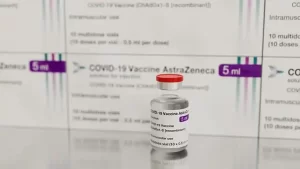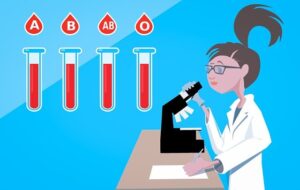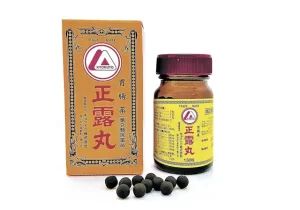What are the diagnosis methods for neonatal hemolytic disease?
- AstraZeneca Admits for the First Time that its COVID Vaccine Has Blood Clot Side Effects
- Gut Bacteria Enzymes Offer Hope for ABO Universal Blood Transfusions
- Well-Known Japanese Medicine Exposed for 30 Years of Data Falsification
- Oregon Reverses Course: From Decriminalization to Recriminalization of Drug Possession
- Why Lecanemab’s Adoption Faces an Uphill Battle in US?
- Yogurt and High LDL Cholesterol: Can You Still Enjoy It?
What are the diagnosis methods for neonatal hemolytic disease?
What are the diagnosis methods for neonatal hemolytic disease? The examination method of neonatal hemolytic disease.
Although neonatal hemolytic disease is not very common, the health hazard to the child is still relatively large. Parents must pay attention to the health of the child. Because the children are relatively young, they don’t understand the problems when they are sick, and the health hazards to the children are actually quite large. In general, the occurrence of pathological jaundice in children will lead to the occurrence of hemolytic disease.
What examinations should be done? What are the specific diagnostic methods?
Inspection method of neonatal hemolytic disease:
1. Specific antibody test:
there are immune antibodies, blood jaundice index increased, and bilirubin increased. Due to different operation methods, the results may differ by more than 3 times. The excretion of urobilinogen in urine and feces is increased, and bile embolism is in the biliary tract. When obstruction, it may be grayish white, bilirubin can be found in the urine, red blood cell acetylcholinesterase activity is significantly reduced in ABO hemolysis, and plasma albumin prothrombin and fibrinogen may be reduced. These can contribute to bleeding symptoms. In severe cases Available thrombocytopenia, prolonged bleeding time, poor clot contraction, and a few cases of DIC.
2. Serum bilirubin:
Mainly unconjugated bilirubin is elevated, jaundice gradually deepens after birth in children with hemolytic disease, and the bilirubin level changes dynamically, requiring follow-up 2 to 3 times a day.
3. Blood biochemical examination:
red blood cells decreased, hemoglobin decreased, reticulocytes increased significantly, and nucleated red blood cells were seen in the smear. When the white blood cell count is counted together with nucleated red blood cells, it can be greatly increased. These blood changes also follow hemolysis It varies from severity to severity.
4. Blood type check:
When the Rh blood type of the mother and the baby are not compatible, the ABO blood type may be incorrectly determined by using horse serum to identify the ABO blood type. Because horses are stimulated by human red blood cell surface antigens, they also produce anti-A(B) antibodies. Anti-IgG antibodies are produced. Therefore, when unexplainable doubts are found, human serum should be used to identify the ABO blood group in consideration of the possibility of the disease.
Diagnosis method:
Other causes of hemolysis are erythrocyte enzymes or erythrocyte membrane defects. These have their own names. Only hemolysis with incompatible blood types is called neonatal hemolysis. Diagnostic methods include:
1. Prenatal diagnosis
Pregnant and lying-in women who have a history of bad birth or have a history of severe neonatal jaundice in the previous child should have ABO blood type and Rh blood type examinations with their husbands. Blood group incompatibility can be further tested for related antibodies.
2. Diagnosis after birth
If there is a mother-child blood type incompatibility, the newborn should be monitored for bilirubin in time after birth. If neonatal jaundice appears early and progressively worsens, and at the same time hemoglobin or hematocrit decreases rapidly, one of the Coombs and/or antibody release tests is positive. diagnosis.
The above is about the diagnosis and examination of neonatal hemolytic disease. For the health of the child, the parents’ wish is to be healthy and to take good care of it. If your child is diagnosed with a disease, you must actively take preventive measures. For the prevention of diseases, we must do a good job of pregnancy checkups regularly, and don’t neglect the health of the baby. I hope that parents can do a good job of prevention.
(source:internet, reference only)
Disclaimer of medicaltrend.org



